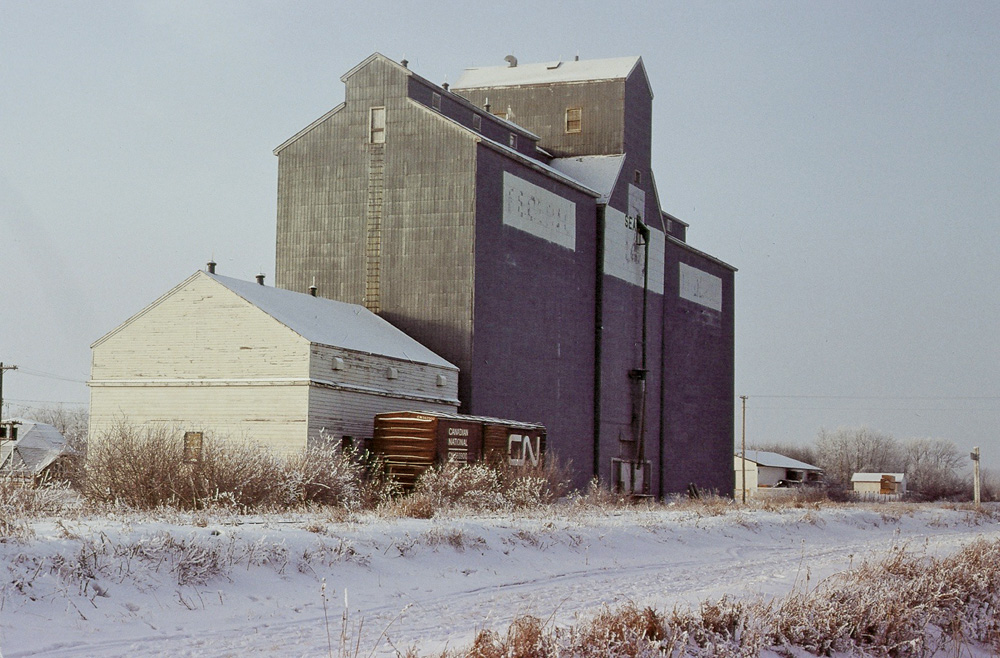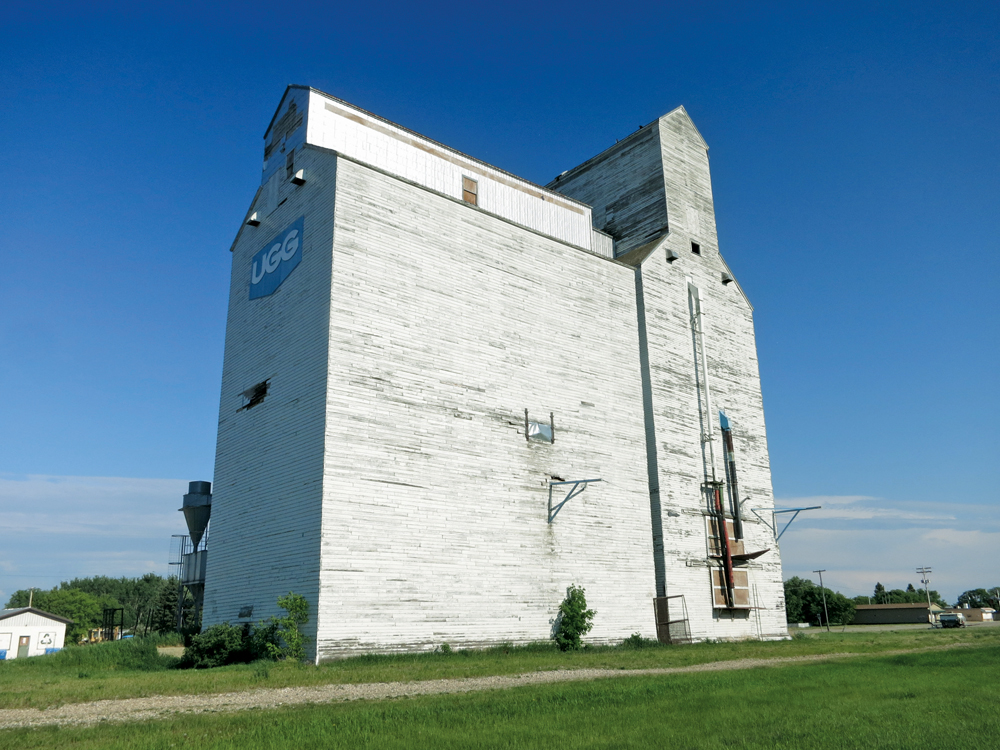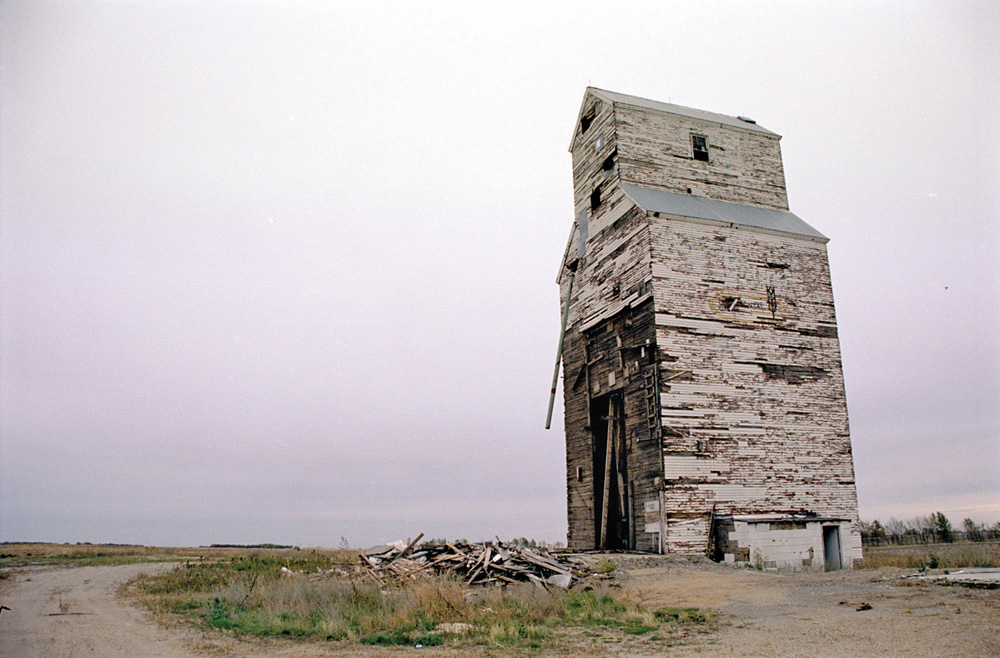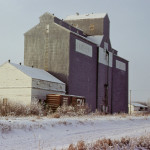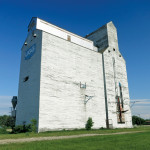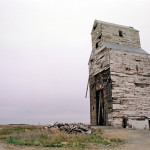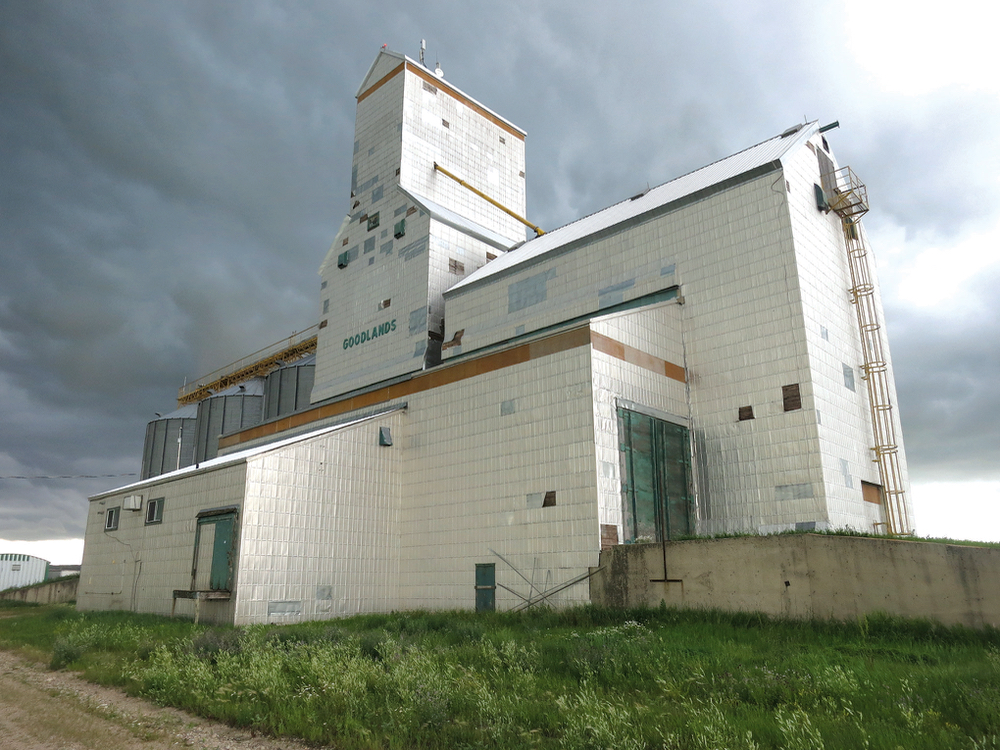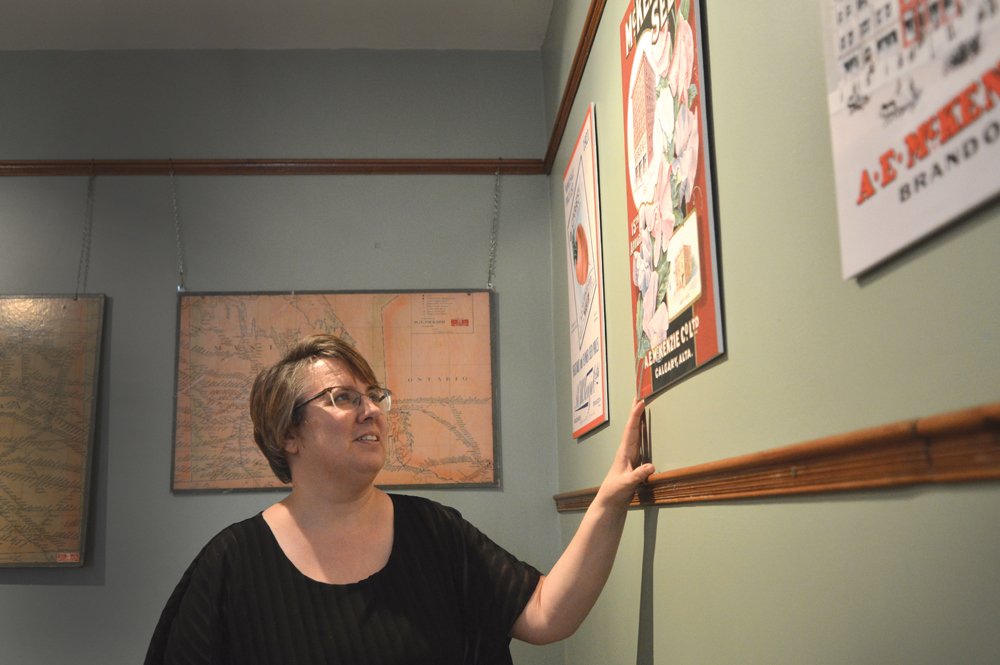
Hubbell UGG 1964_cmyk.jpg
A 58,000-bushel grain elevator at the Hubbell Siding in the Municipality of Lorne was built in 1938 and its annex was built in 1953.
Photo: UGG Engineering Department/Glenn Dickson
Searle Pacific Junction_cmy.jpg
Searle (Elmhurst Road in Winnipeg). This 285,000-bushel elevator, with its two annexes, was constructed by the Searle Grain Company. Merged with Federal Grain in 1966, the elevator was sold to Manitoba Pool in 1972, which used it for seeds and special crops. It was demolished around 1978.
Photo: Glen Schattner
Birch River UGG_cmyk.jpg
The last remaining elevator and annex at Birch River, in the RM of Mountain, was one of three operated here by UGG. The first elevator, built in 1932, was demolished in 1980.
Photo: Gordon Goldsborough
Deerwood UGG Freeman_cmyk.jpg
Deerwood — In 1959, a 28,000-bushel elevator at the Deerwood siding in the RM of Thompson was purchased by UGG from the Canadian Consolidated Grain Company. It closed in July 1970 and, four years later, was sold to a specialty seed producer. It was demolished in October 2003.
Photo: Bernie Freeman
In the 1950s, there were over 700 grain elevators in Manitoba. Today, there are fewer than 200. You can help to preserve the legacy of these disappearing “Prairie sentinels.”
The Manitoba Historical Society (MHS) is gathering information about all elevators that ever stood in Manitoba, regardless of their present status. Collaborating with the Manitoba Co-operator it is supplying these images of a grain elevator each week in hopes readers will be able to tell the society more about it, or any other elevator they know of.
MHS Gordon Goldsborough webmaster and Journal editor has developed a website to post your replies to a series of questions about elevators. The MHS is interested in all grain elevators that have served the farm community.
Read Also

Province pledges funds to CentrePort Canada
The Manitoba government has pledged $450,000 towards projects at inland port CentrePort Canada.
Your contributions will help gather historical information such as present status of elevators, names of companies, owners and agents, rail lines, year elevators were built — and dates when they were torn down (if applicable).
There is room on the website to post personal recollections and stories related to grain elevators. The MHS presently also has only a partial list of all elevators that have been demolished. You can help by updating that list if you know of one not included on that list.
Your contributions are greatly appreciated and will help the MHS develop a comprehensive, searchable database to preserve the farm community’s collective knowledge of what was once a vast network of grain elevators across Manitoba.
Please contribute to This Old Grain Elevator website here. You will receive a response, by email or phone call, confirming that your submission was received.

